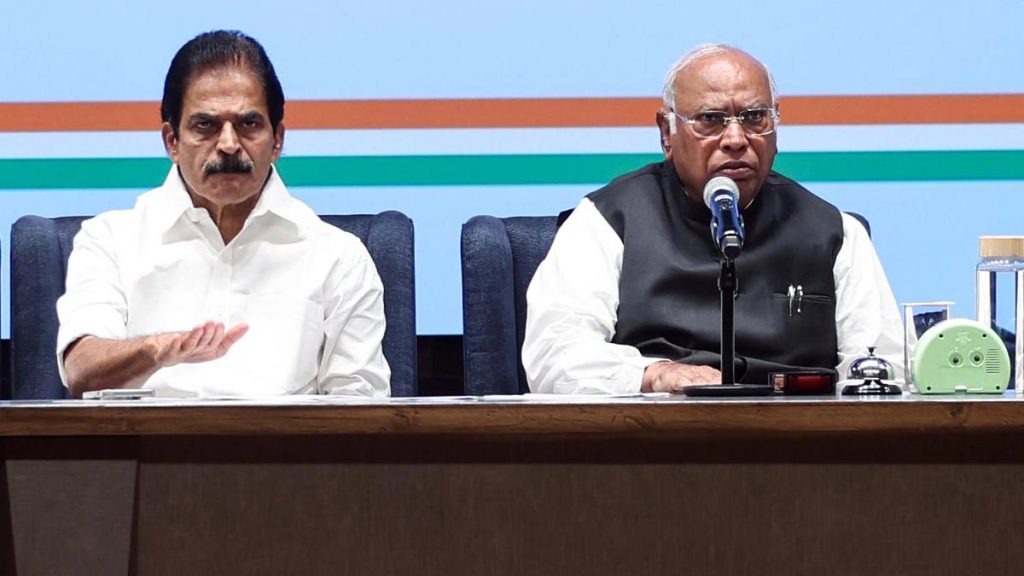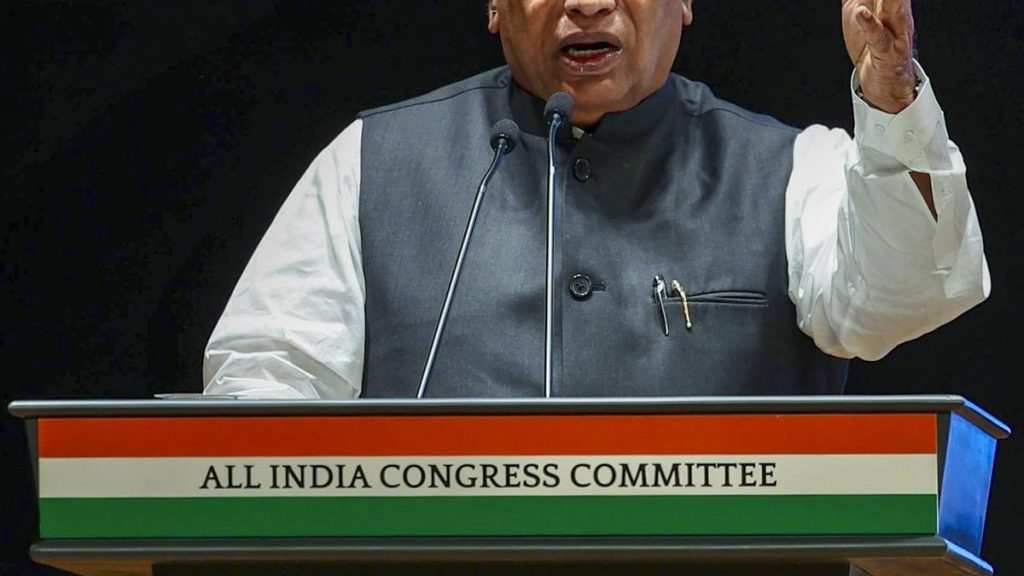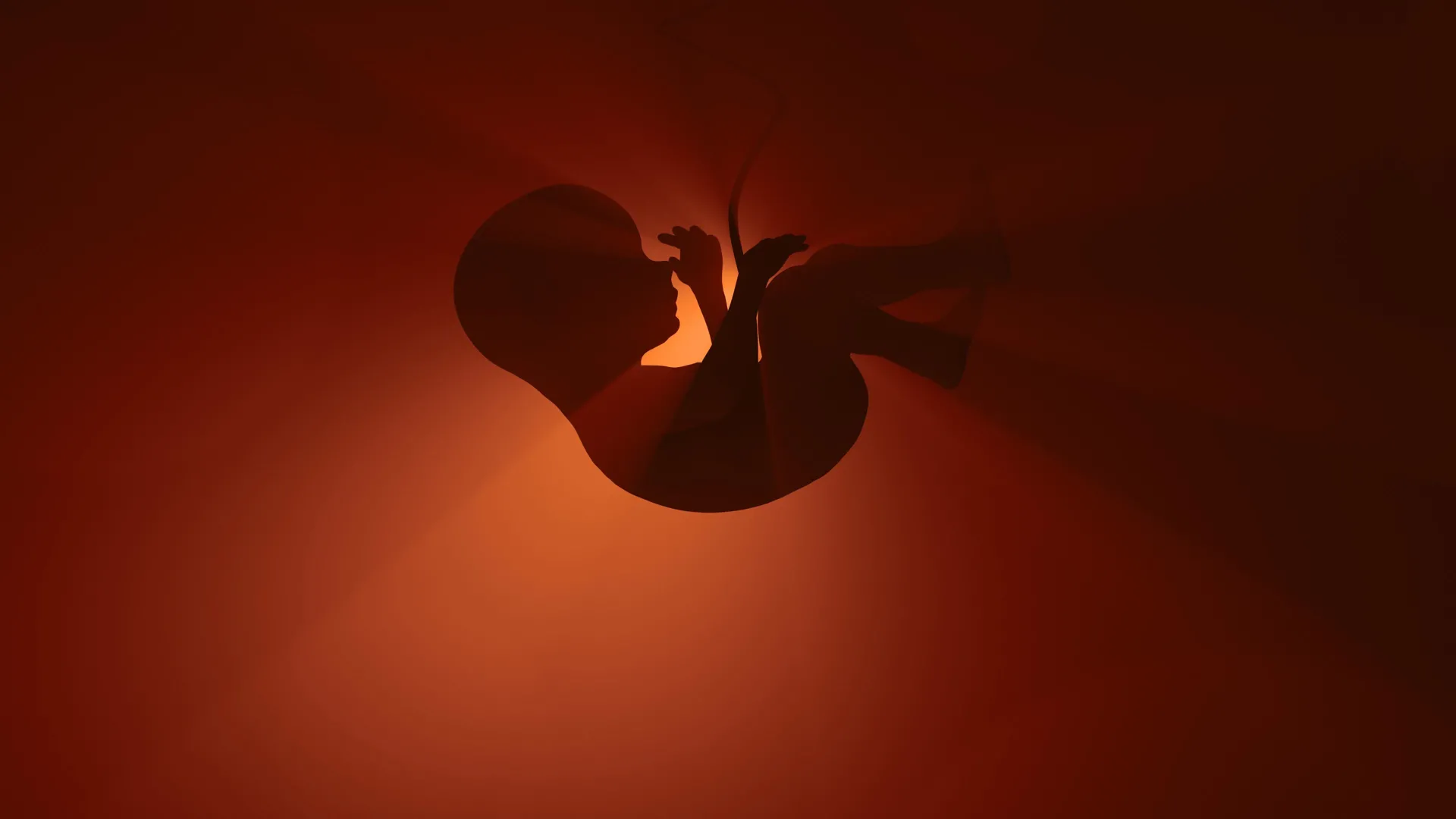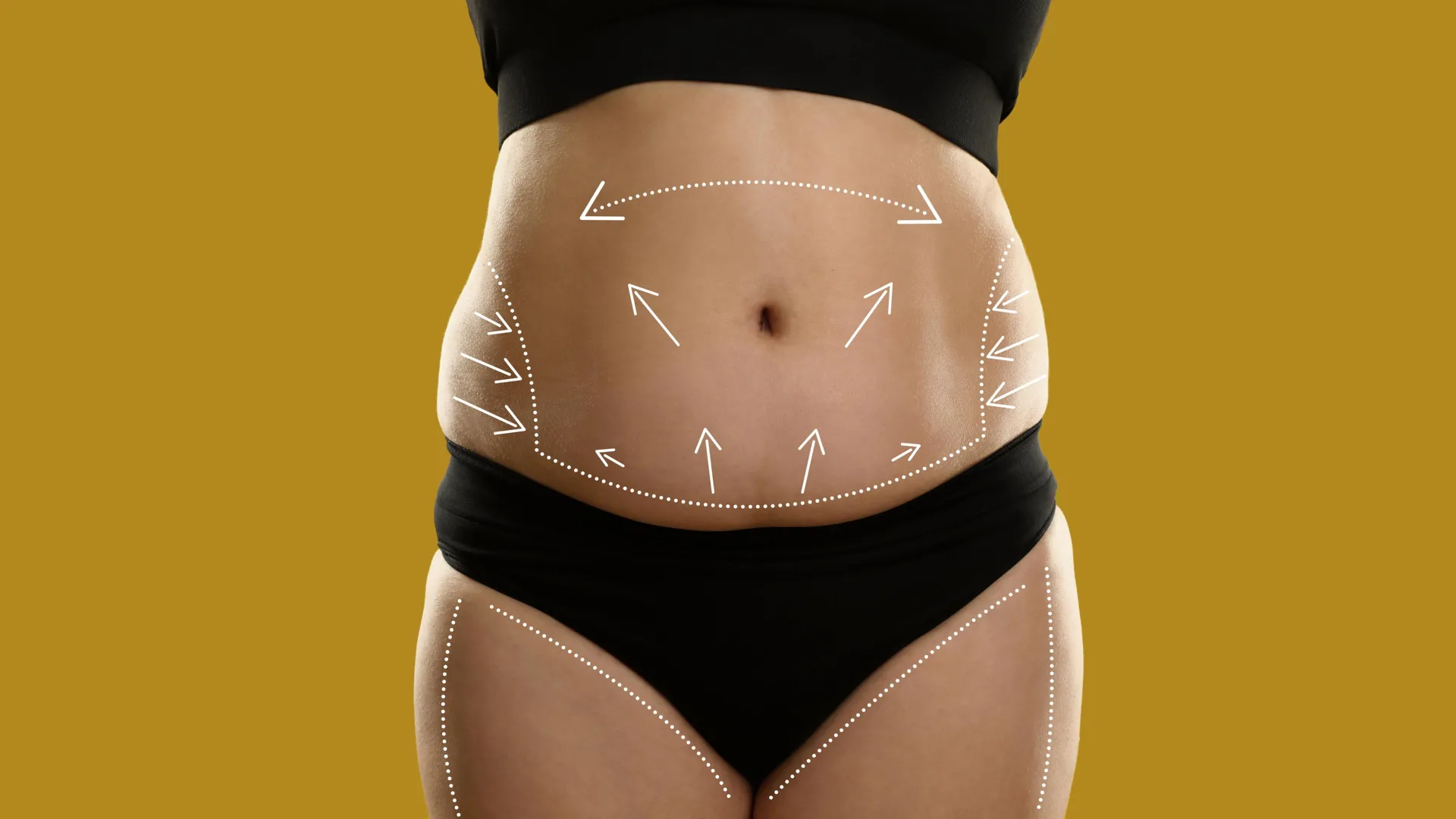Now Reading: Top 10 Flowers to Transform Your Lawn into a Pollinator Haven
-
01
Top 10 Flowers to Transform Your Lawn into a Pollinator Haven
Top 10 Flowers to Transform Your Lawn into a Pollinator Haven
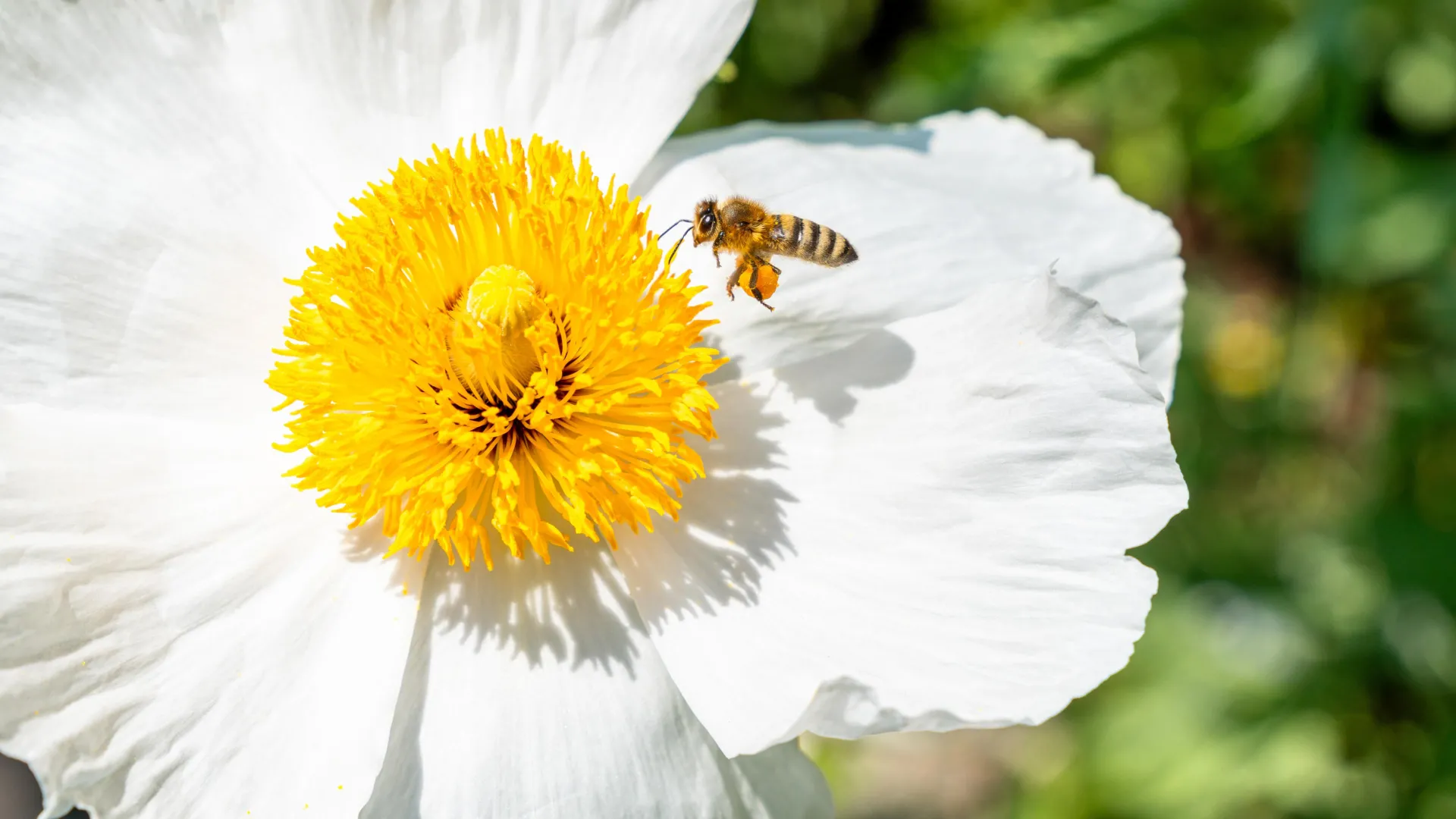
Swift Summary
- Botanists from the University of Copenhagen and National Botanic Garden of Wales studied flower combinations to attract bees and hoverflies.
- The goal is to provide evidence-based guidance for planting flowers that support pollinators while being visually appealing.
- Researchers reviewed over 400 previous studies and evaluated commercially sold seed mixtures, culminating in two new, optimized seed mixtures.
- Key recommended plants include: Yarrow, Corn chamomile, Cornflower, Purple viper’s bugloss, Common poppy, Field mustard, Garden cosmos, Moroccan toadflax among others.
- Mixtures with both native and non-native plants bloom longer and attract more insects while also being aesthetically pleasing to humans.
- Professor Natasha de Vere highlighted the importance of small pollinator-amiable spaces in gardens or urban areas for ecosystem health.
Indian Opinion Analysis
This research holds global relevance but specifically resonates with India where pollinators play an essential role in agriculture. Declining bee populations have been a growing concern due to pesticide usage and habitat loss. Adaptation of such scientifically-backed planting guides can be beneficial for India’s dense urban areas as well as rural farming communities. Incorporating these methods into landscaping ordinances or encouraging citizens via education campaigns might support both biodiversity preservation and mental well-being. Furthermore, choosing flower species that balance aesthetics alongside ecological benefits could make environmental preservation efforts more appealing across diverse demographics in India.


